The Death of America: a conversation with Ben Turnbull
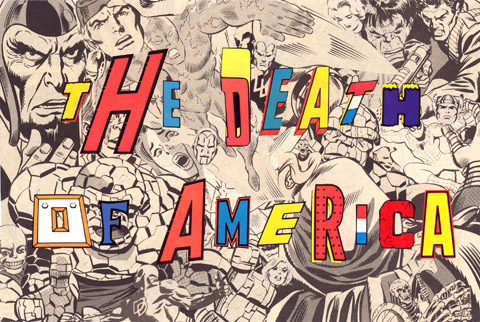
American History X: Volume 1 – The Death of America is the darkly satirical new exhibition from highly-collectable British artist Ben Turnbull. The Upcoming caught up with him to talk comic books, pop art and the USA:
You collect American comics and memorabilia. Can you tell us a bit about the collection and your use of toys in your art works?
Ben Turnbull: It all began with Jack Kirby and Captain America. To think that I would end up cutting up his work and putting it into mine is really quite frightening but there’s a lot of love too. It began as escapism and to make my own world that was foreign yet familiar, as I’d been surrounded by American memorabilia at home and was obsessed with US television programmes. I never thought I’d even visit the States as a kid so on reflection, I was forming my own version of the US but in my own unique way through books, comics and toys.
I remember seeing some of the original pop art accumulative movement – that was a big turning point for me. My hunter-gatherer approach of objects and toys began to shape the work. Even stuff that didn’t end up inside it began inspiring it – the Pez works being a good example.
Where do you collect the materials for your creations?
BT: I’ve picked up items from as far and wide as Pocahontas (Captain America’s Shield) to Brooklyn (Neon Superhero signs) and as close as local car boots (toy figures and comics). I have a couple of comic dealers in the US so after working out which era of comics I’m looking to get, I’ll generally go to them.
I work with a lot of late 60s and 70s comics (Bronze age). I could be looking for a lot of darker tones – Luke Cage or The Falcon, etc – for a Martin Luther King piece, or I could be after more boyish charm for a Kennedy – Peter Parker, Johnny Storm, Steve Rogers, etc.
For the Lee Harvey Oswald (John F Kennedy’s assassin) and Charles Manson (one of America’s most notorious killers) portraits, I used the ones with a much darker and more macabre edge. If you look closely at Manson, it’s comprised of fearsome ghouls – all these sinister and monstrous souls are trying to burst out of the portrait: it’s a psyche in turmoil and a devil at every turn.
Did your perceptions of America change after your first visit to the States? Does your perception keep changing over time and depending on which places you visit?
BT: It’s great to visit the place where it all began for me. When I first arrived it was like becoming part of a movie: every turn led to a new scene or location from all the films I’d grown up watching. It felt like you were on a set the whole time. I actually lived certain movies as I wandered around soaking up the scenes. I would love to live in the States, it’s always been my aim. I’ll probably start looking at where I grew up then and start creating art that relates to the UK.
Can you tell us about your training as an artist?
BT: A Jack of all trades but master of none! Having said that, I worked in film production, which taught me how to be a craftsman and how to make things. I started at 16 and it was a good framework for becoming an artist. I worked on a lot of productions, including Danny Boyle’s 28 Days Later, Joe Wright’s Pride and Prejudice and the BBC’s Bleak House. I’ve created every piece of art myself, with no production or assistance.
How do you feel about contemporary British art today?
BT: I have become “comfortably numb”. The meaning and history I saw as a kid being taken to the Tate seems to have made way as the decoration above the sofa or Aga. I’ve exhibited all over the world, with Eleven and Lazarides among others. I was invited last year to do a retrospective of my work at the Lancaster Institute of Contemporary Art and it changed how I wanted to show my work. Galleries cherry-pick the most commercial pieces, distorting the narrative of the work and how it sits together.
How has your work been perceived in the States? Does this differ much from the UK?
BT: I was asked to show a solo representation at Volta NY and took some of the early stages of The Supermen (Firemen) 911 series. We met a lot of firefighters who had lost friends that day – it was incredibly emotional and moving seeing these heroic giants of men moved to tears by a comic concoction made in my bedsit/studio.
Describe your latest exhibition in three words.
BT: Truth, justice and the American Way, with dark and jagged edges. The reality and dark truth of much of American history, particularly with regard to its history of assassinations, sits at the heart of the work, with three more volumes to follow.
Nastassja Smart
American History X: Volume I – The Death of America is on at Brixton East until 18th April 2014, for further information visit here.
Read a review of the exhibition here.

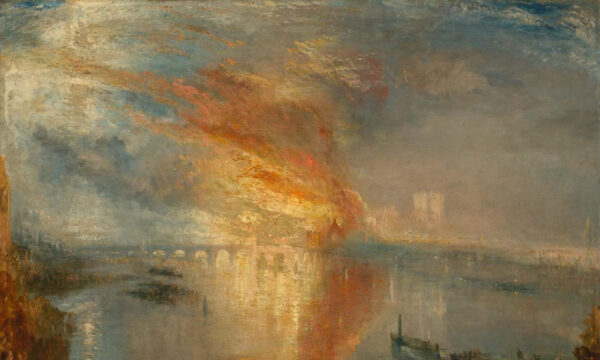
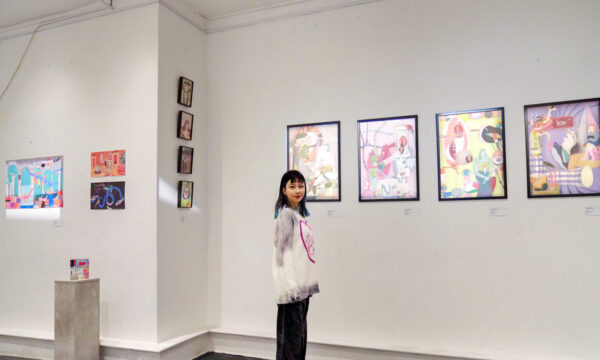
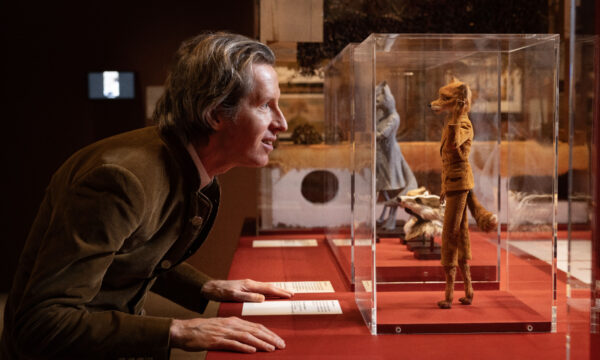

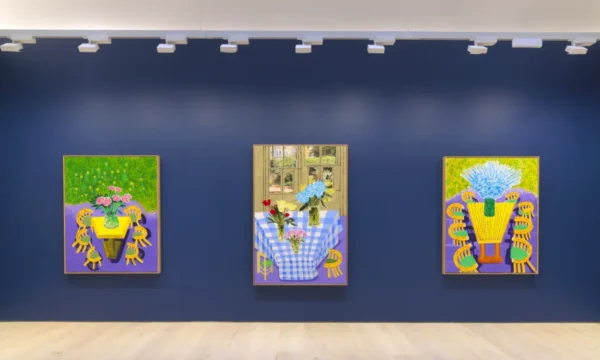
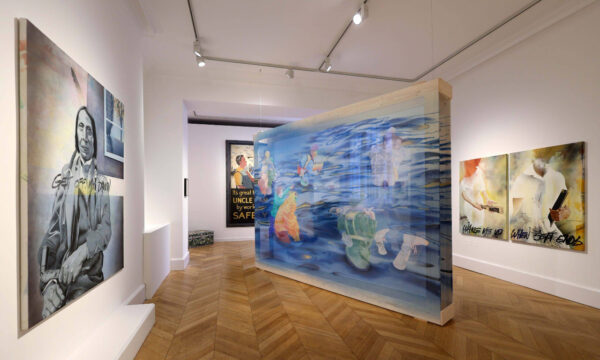
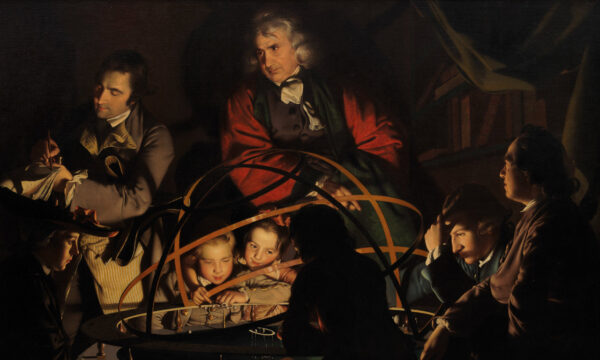
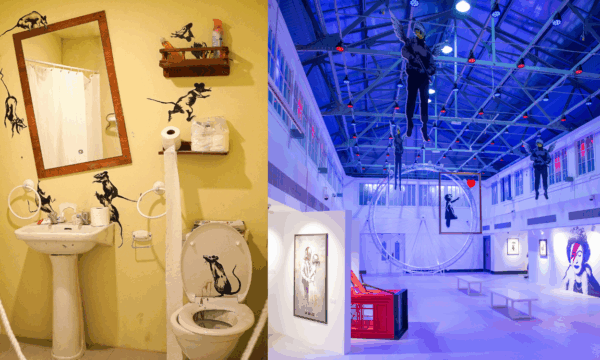



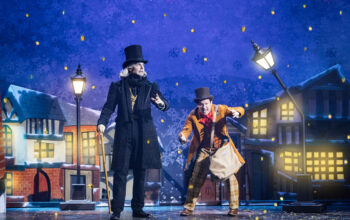
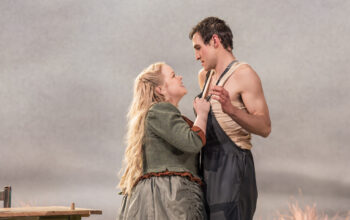




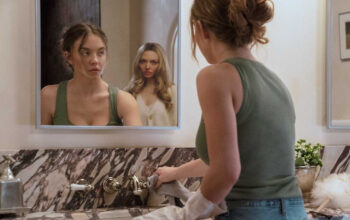




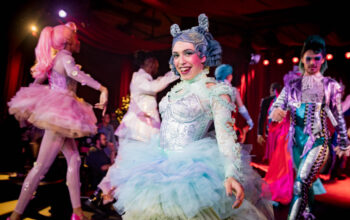

Facebook
Twitter
Instagram
YouTube
RSS